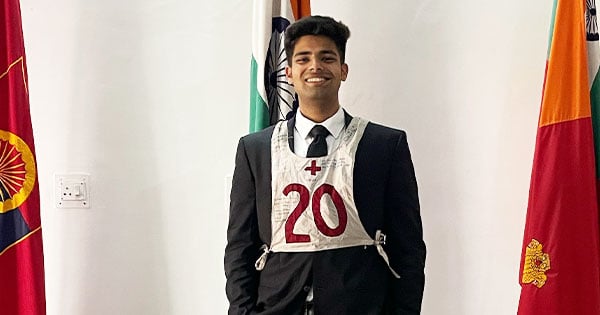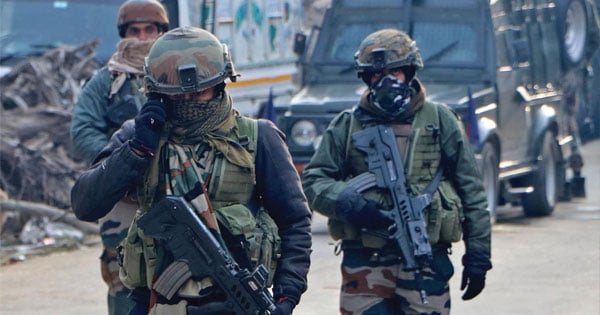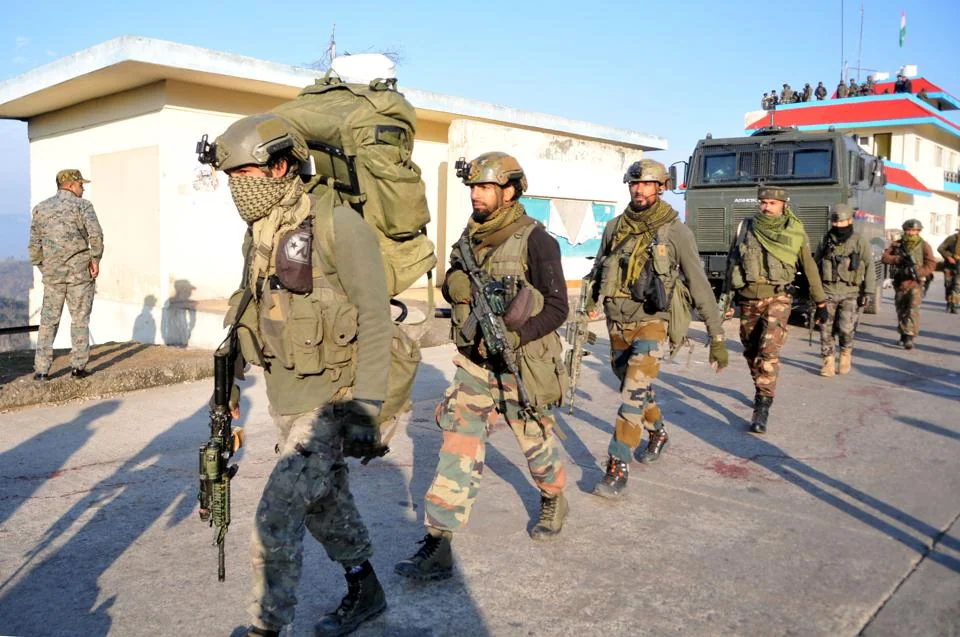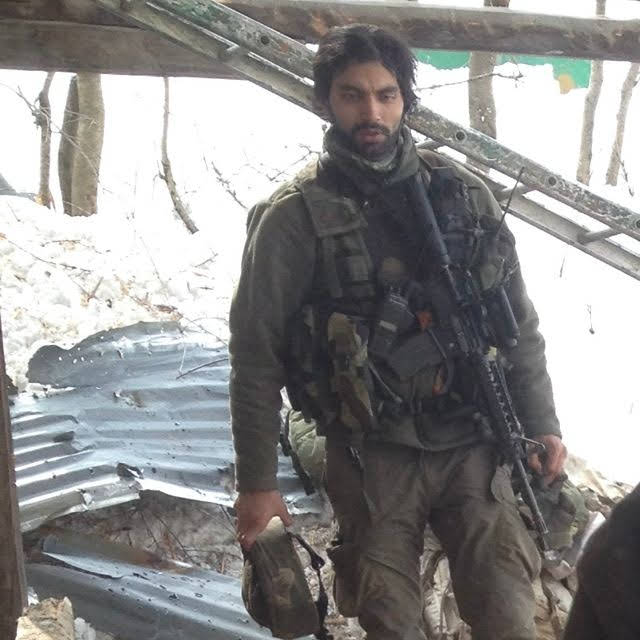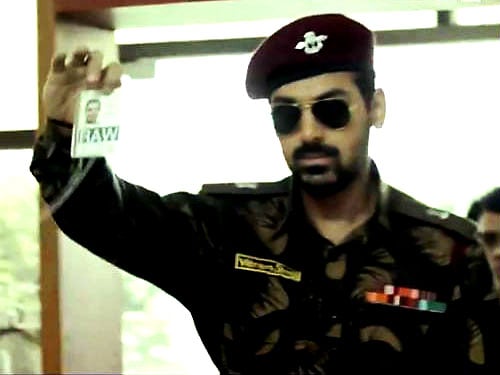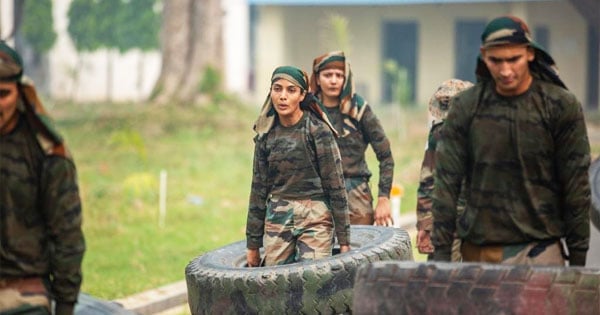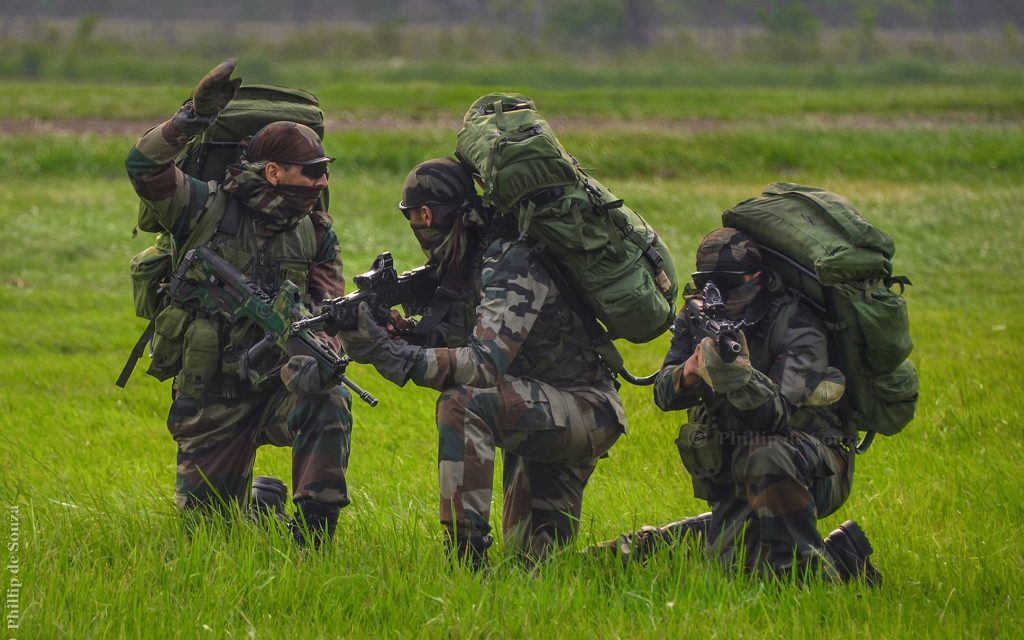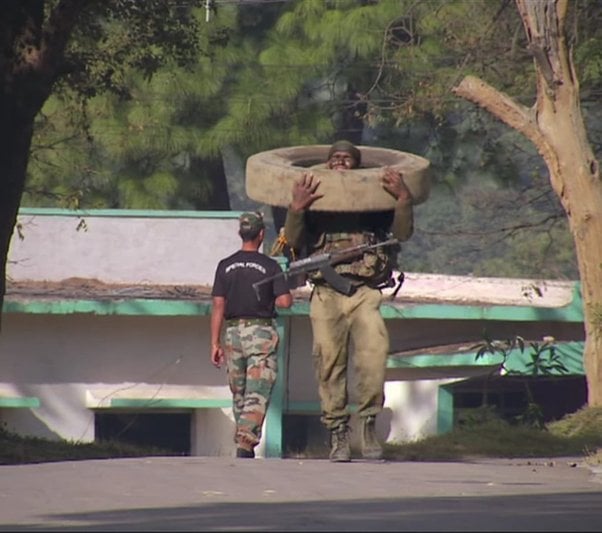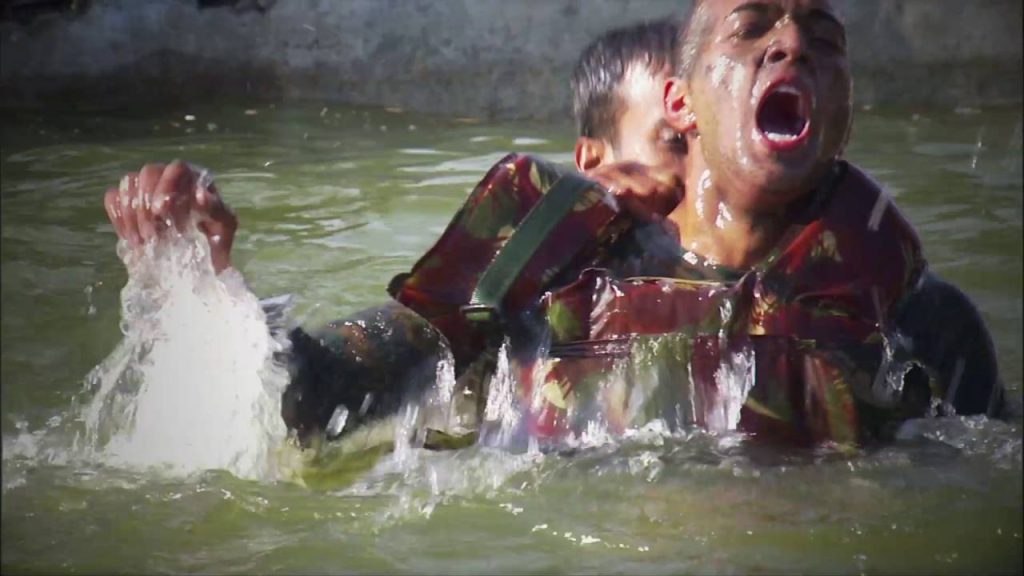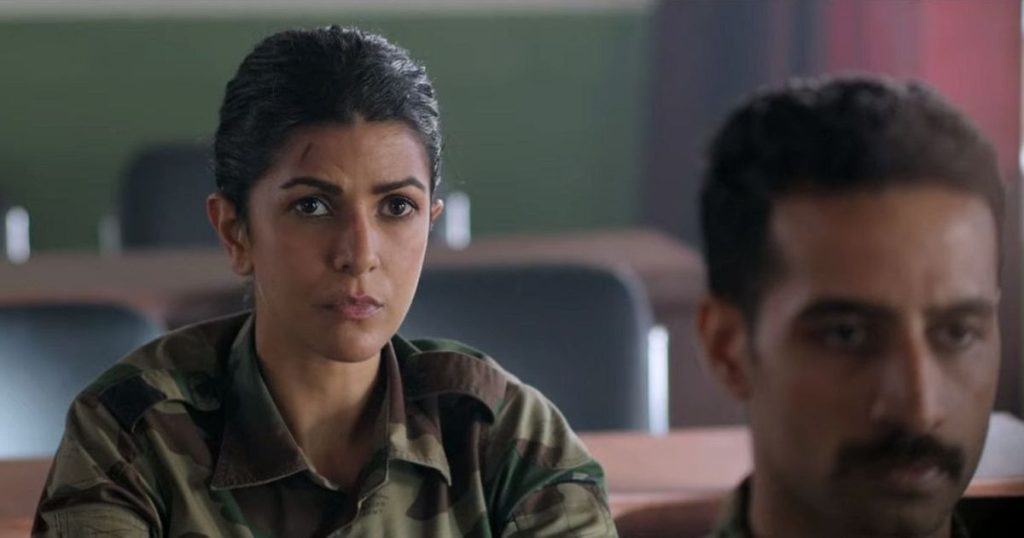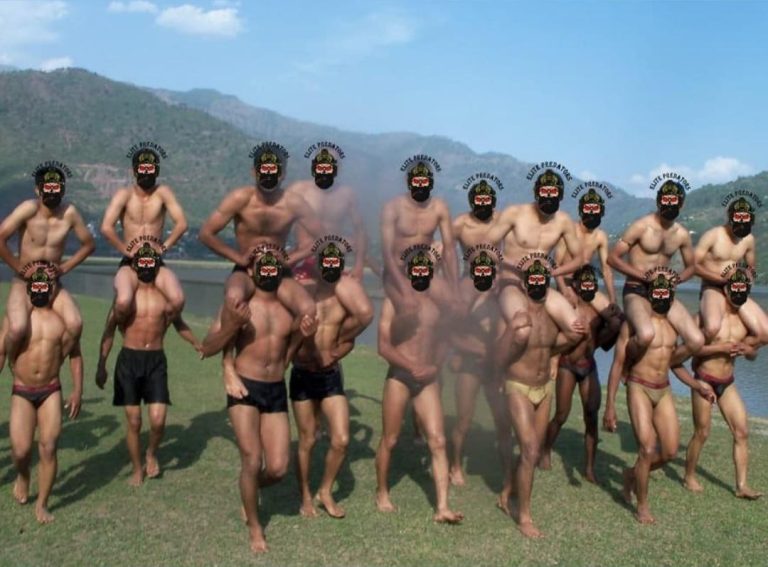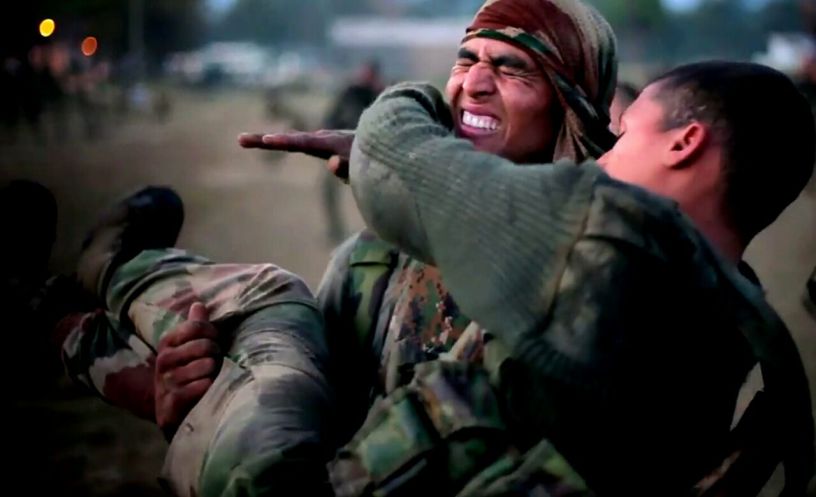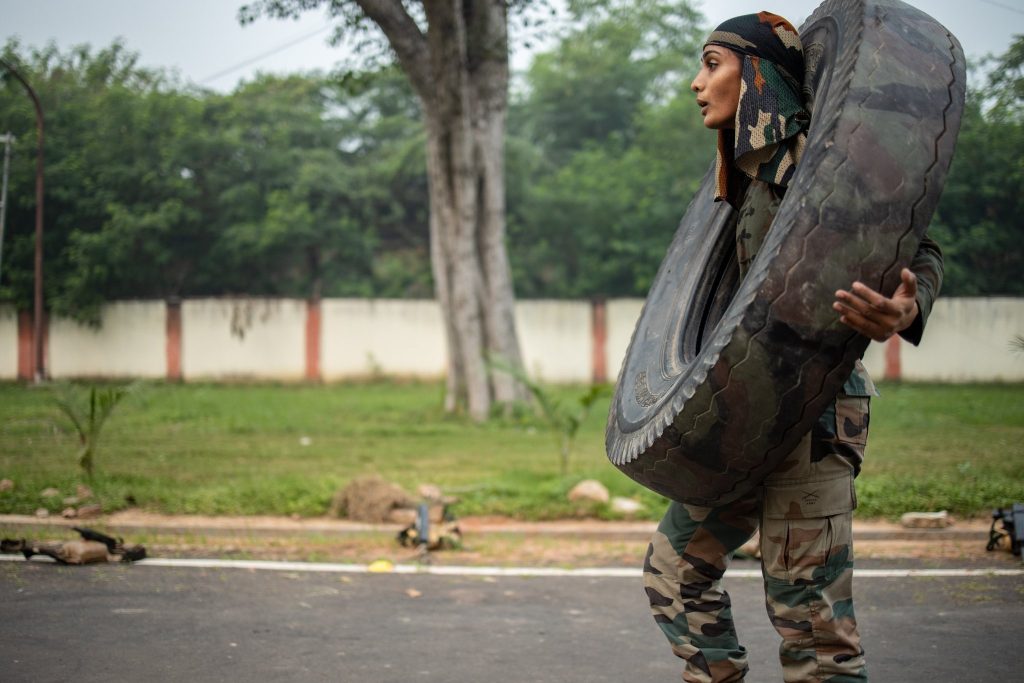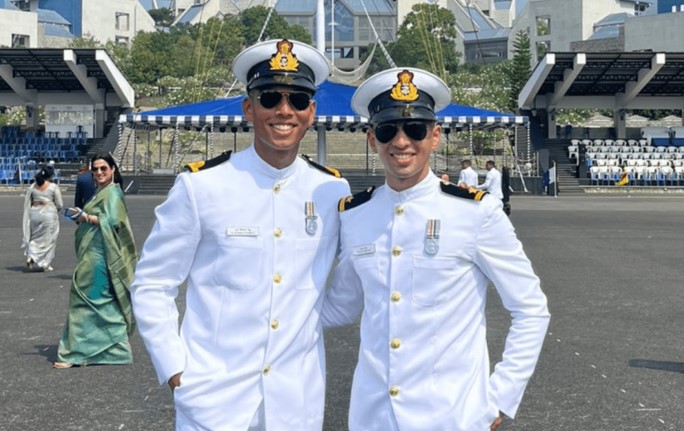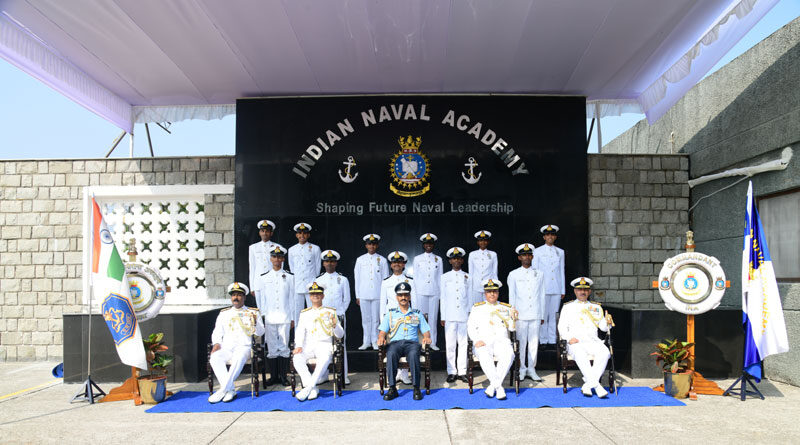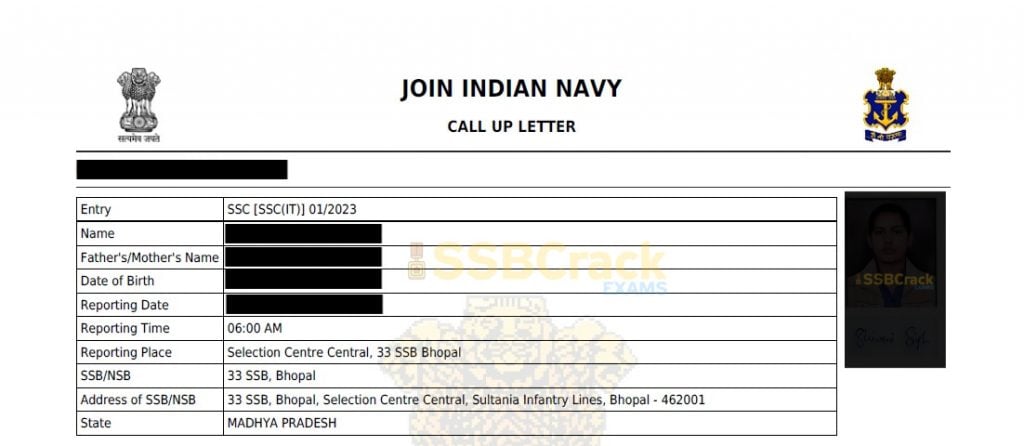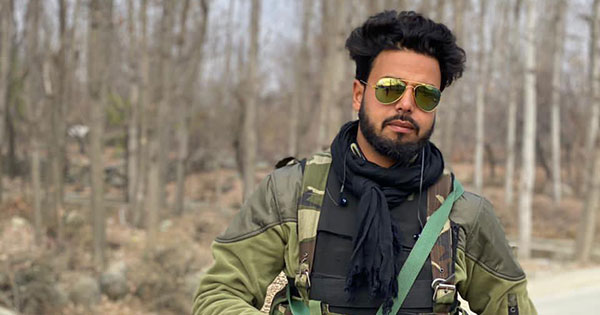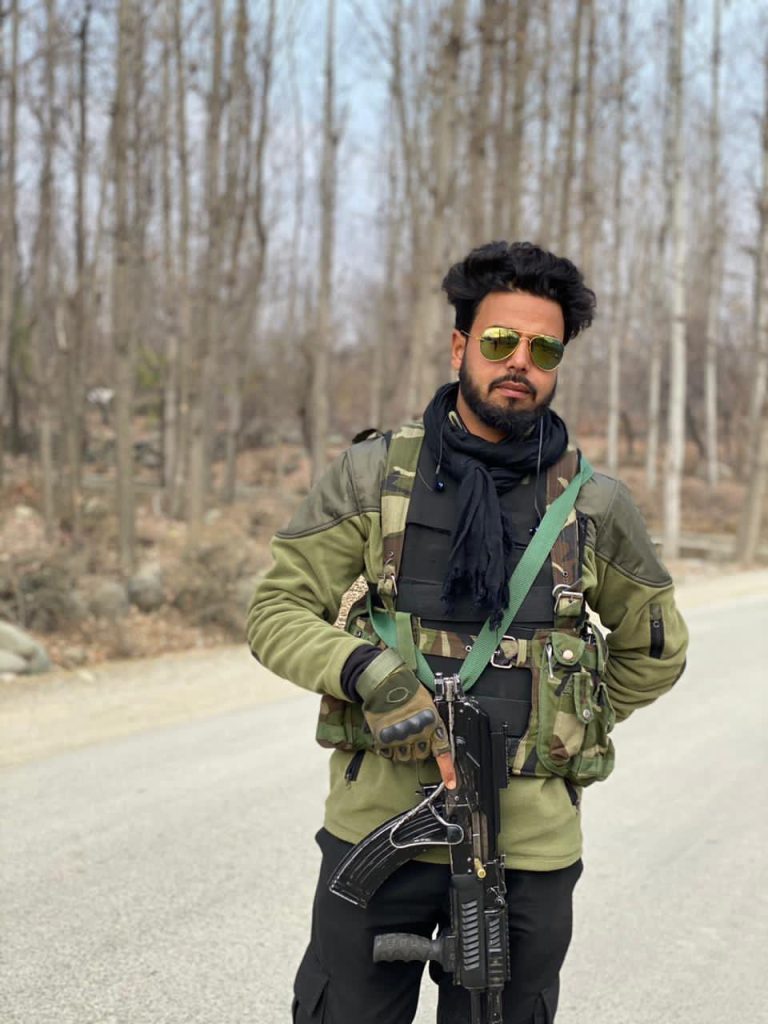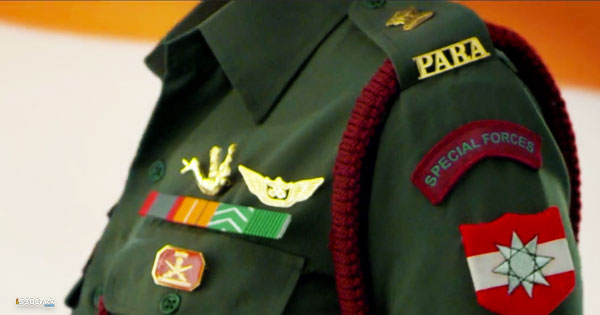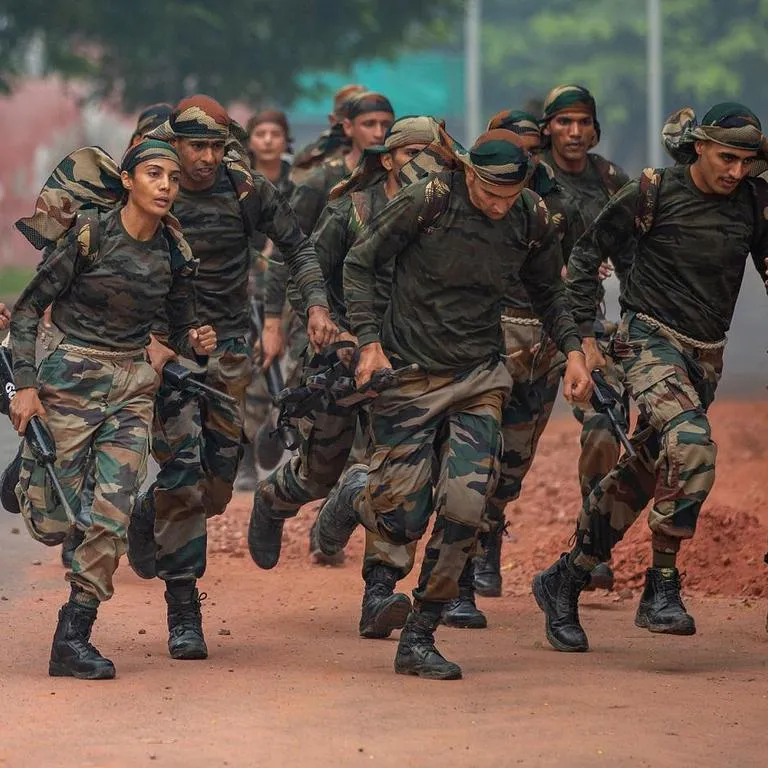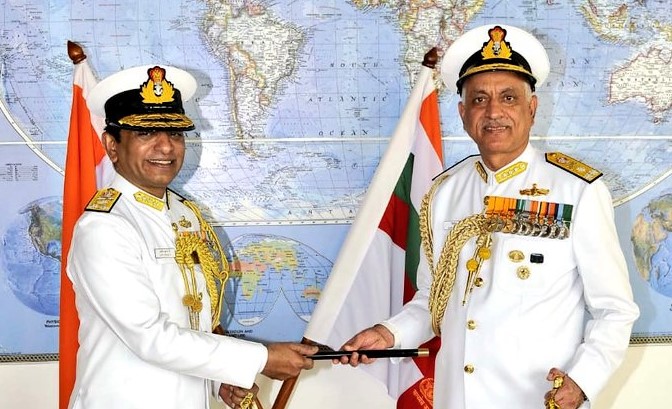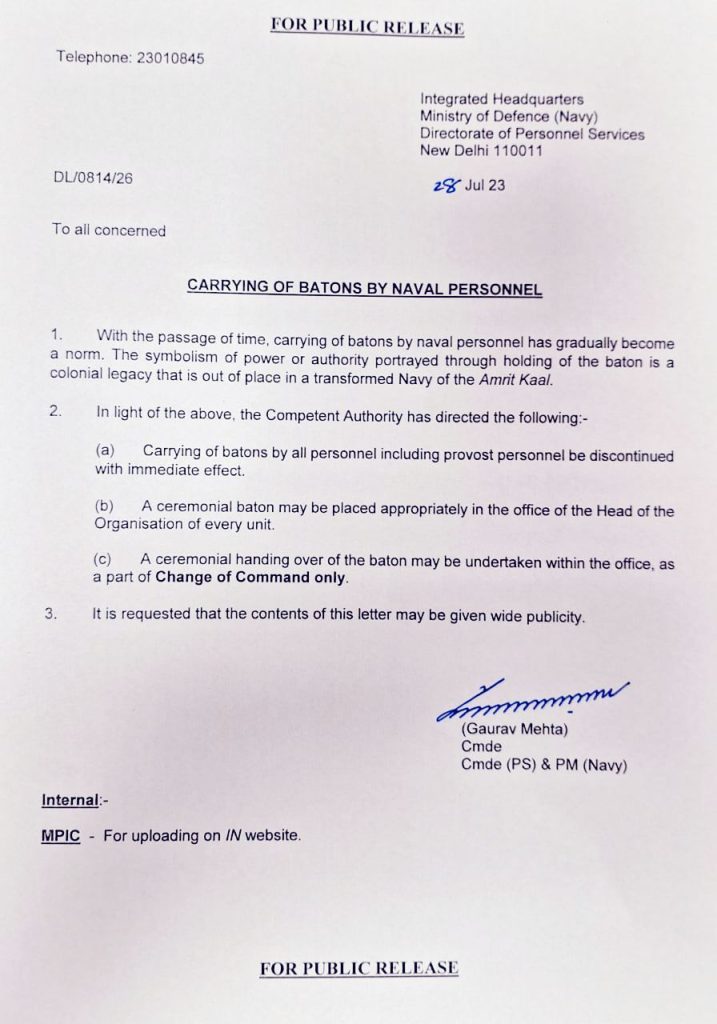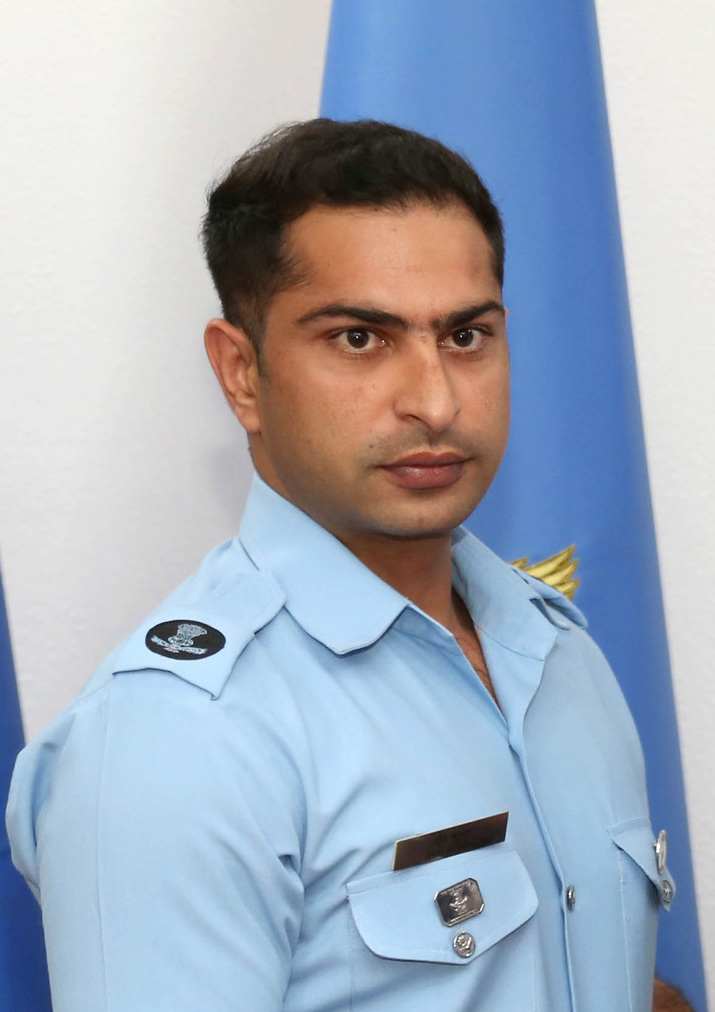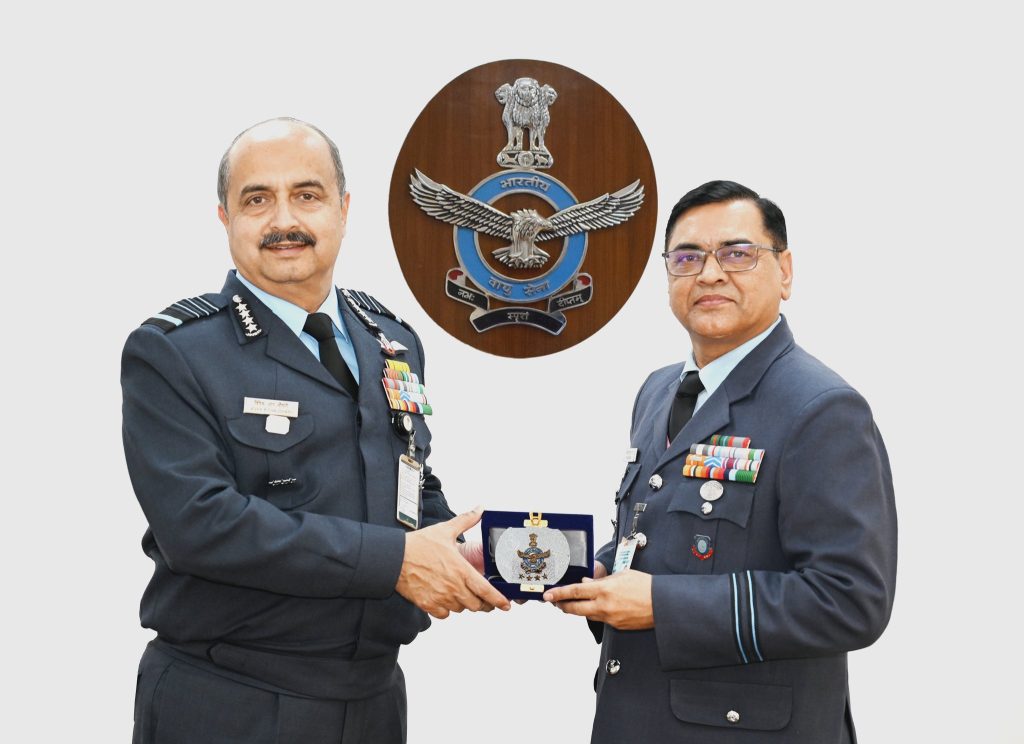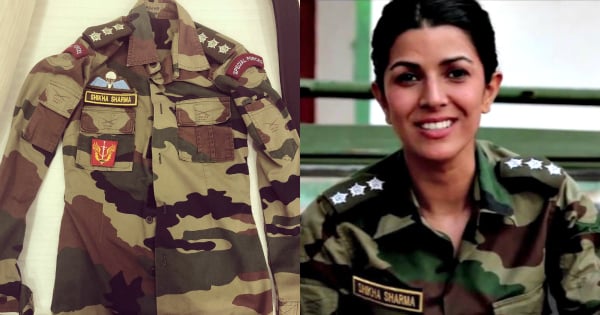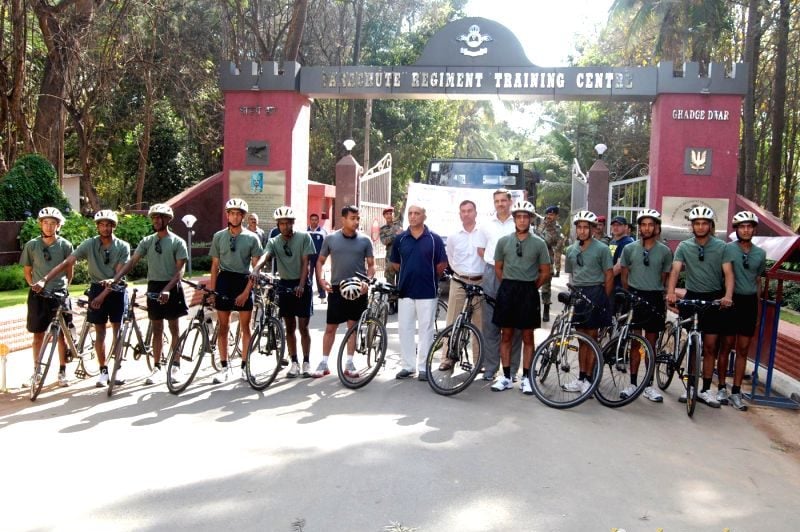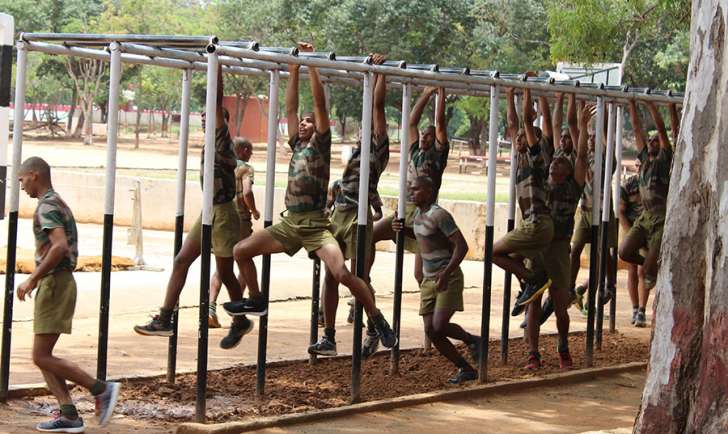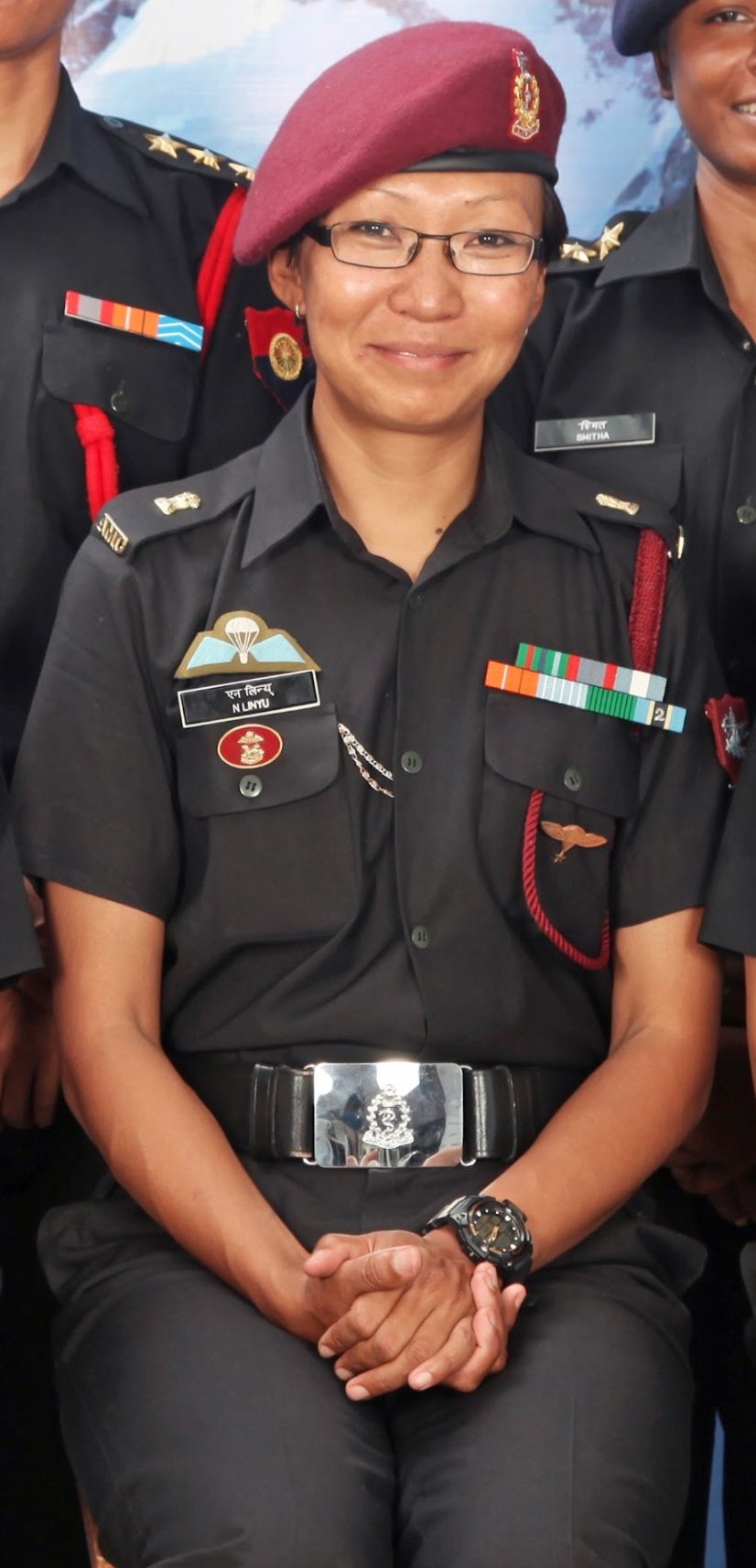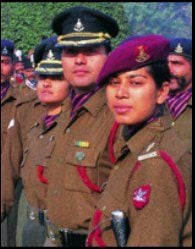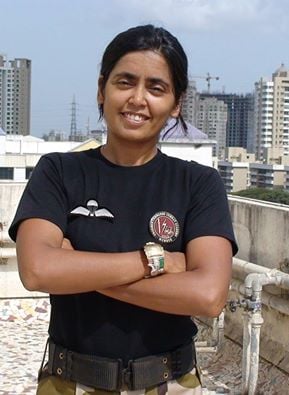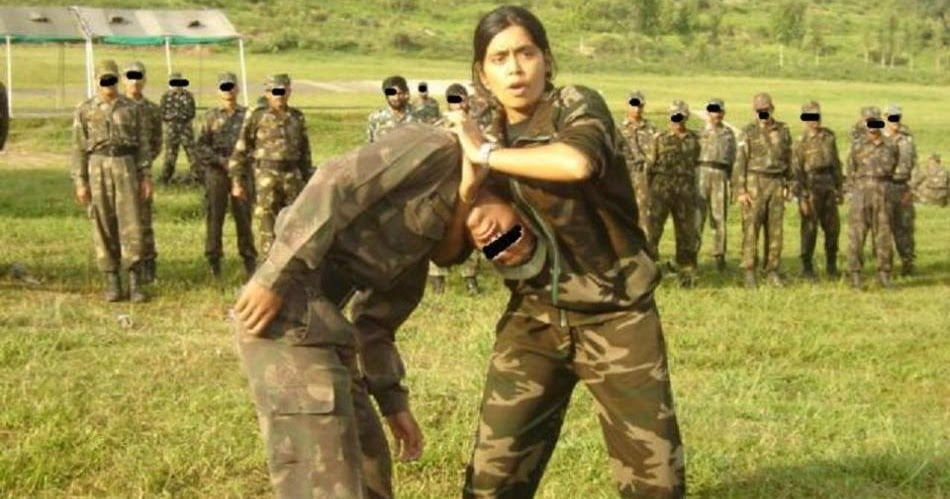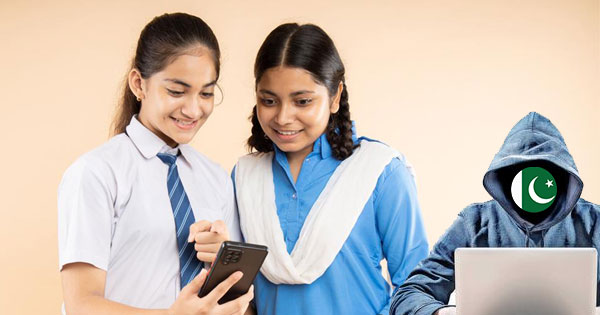It took me 8 years and 5 attempts to finally achieve my dream of dawning the uniform. From 189 reporting to 35 screened in and finally to 9 recommendations.
Greetings, Jai Hind. I am Divtej, a proud aspirant who managed to secure the All India Rank 8 in the Combined Defence Services CDS 2 2022 OTA. I am excited to join the October batch, continuing the legacy of my forefathers as a 4th generation Army officer.
By profession, I am a lawyer, yet my heart has always been steadfast in its affection for the military, a legacy instilled in me by my family’s strong ties with the Army. My first attempt at embracing this passion was when I sat for the NDA exam after completing my 12th grade. However, I fell short of the required cut-off by a margin. This led me to change my path slightly, deciding to pursue a professional degree while keeping my ultimate goal of joining the service through the CDS entry intact.
Clearing the CDS exam, as I later discovered, was only the beginning of an arduous journey. I faced the CDS challenge three times, succeeding twice. In one of these attempts, I was screened out, while in another, I received a recommendation. Interestingly, both of these instances occurred at the same board, a board that has an emotional resonance for me as it is where my father stood 30 years ago.
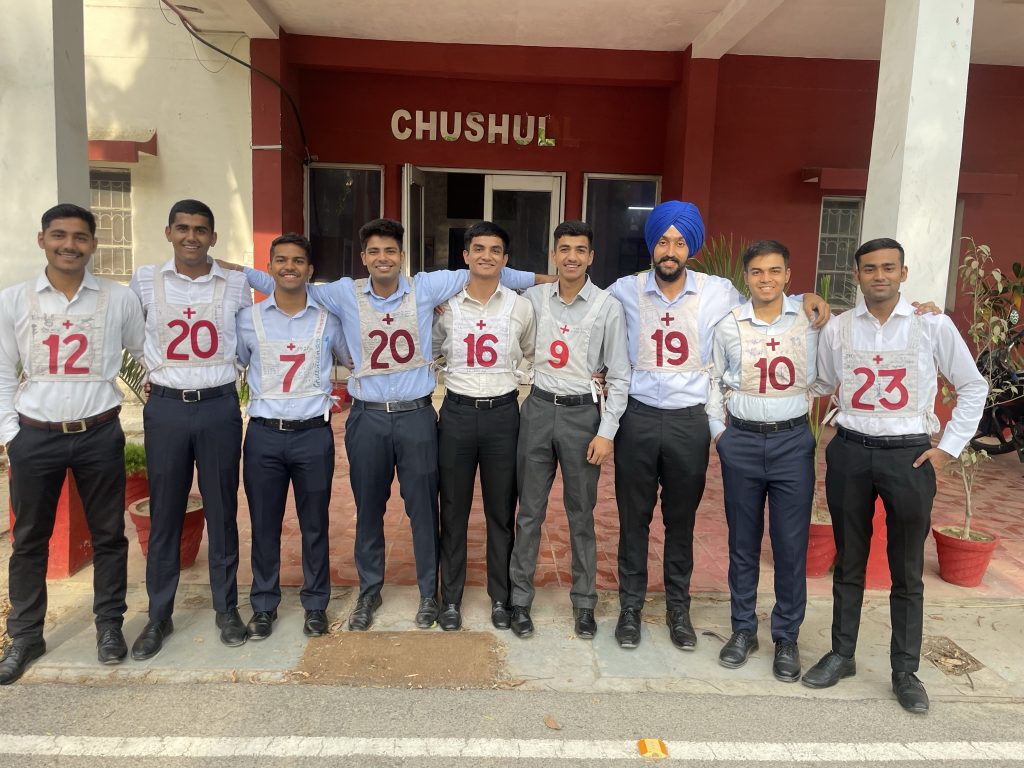
In addition to the CDS, I gave three attempts for the Judge Advocate General (JAG) entry, making a total of five attempts. The most recent one was my final shot at the CDS entry. Even though I was plagued by self-doubt and uncertainty about my decisions, I made this the primary focus of my life, preparing with utmost diligence and dedication.
My preparation spanned a rigorous four months, during which I was tirelessly studying for the CDS while maintaining my law practice. At the same time, I was preparing for the Service Selection Board (SSB) as well. I dedicated myself wholly to this mission, studying relentlessly, day and night.
To help those preparing for the defence services, I’d like to share my personal journey.
For the CDS, I devoted a week for systematic planning to grasp the core requirements of the exam and to outline my study strategy. I conducted an analysis of previous year’s questions, creating a chart of frequently asked topics. To cover all the pertinent areas, I referred to M. Lakshmikanth for Polity, NCERT Themes 1-3 for History, NCERT 11-12 for Geography, NCERT 9-10 for Science and IAS notes. For English, I practiced using previous years’ question papers. I prioritized the crucial topics and followed them closely – with this approach, I was able to cover the syllabus efficiently.
Then came the more challenging part – the Service Selection Board (SSB).
From my initial SSB for JAG to this final attempt, I found the Officer Intelligence Rating (OIR) test relatively straightforward. I practiced extensively using the 20 practice sets from the SSBCrack Book, attempting approximately 95% of the test with satisfactory accuracy. Realizing the importance of this final attempt, I sought coaching for SSB from multiple institutes.
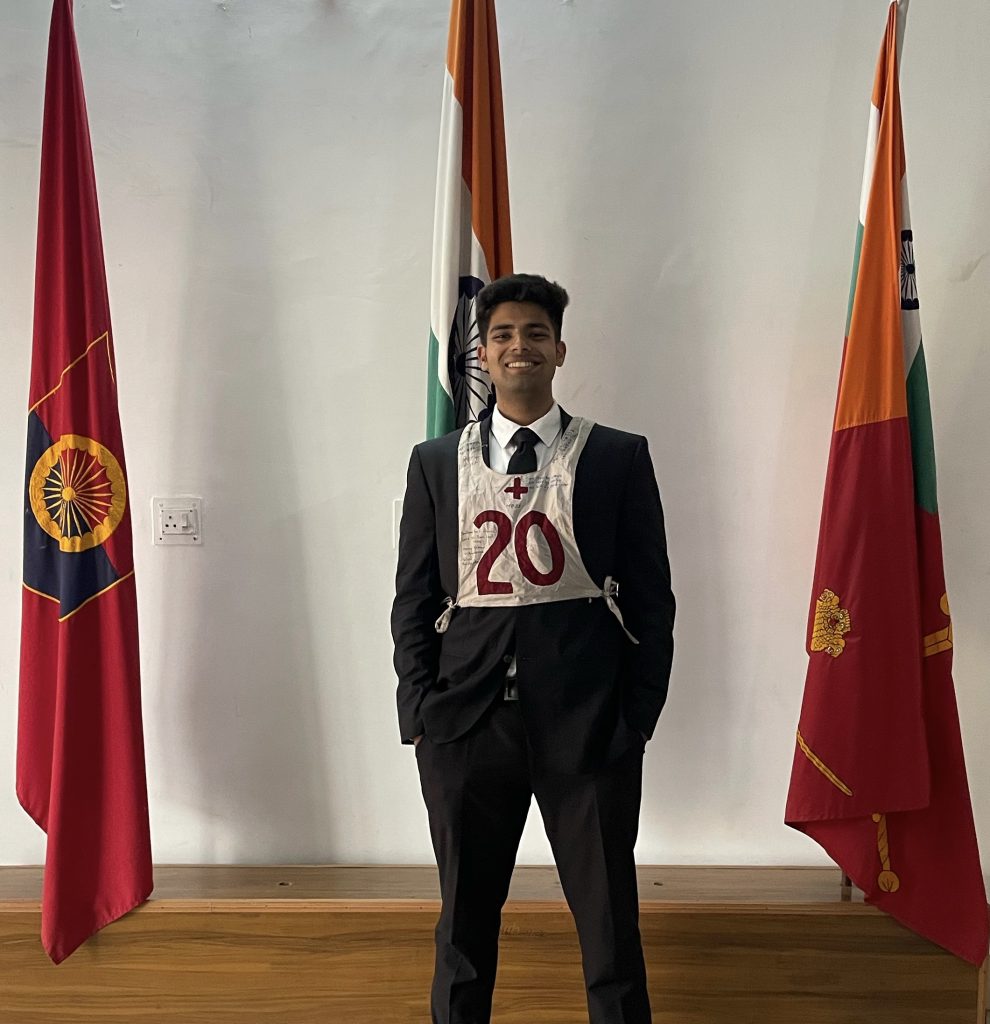
During the preparation for Picture Perception and Description Test (PPDT) and Thematic Apperception Test (TAT), I reviewed stories from previously successful candidates and utilized my coaching resources to understand the method of formulating impactful narratives. I mastered the art of creating an empowered protagonist and structuring an action-oriented narrative with a likely positive conclusion. During the group discussion phase, my strategy was to identify and build upon the most coherent stories shared by my group of 20, adding valuable insights and enhancing the narrative.
The remainder of the psychology test demanded regular practice. I downloaded ebooks for Word Association Tests (WATs), gradually mastering the art of penning down meaningful, crisp, and precise sentences. Later in my preparation, I adopted timed practice sessions. Similarly, for Situation Reaction Tests (SRT), I utilized ebooks and coaching materials to practice writing two to three-step reactions.
As for Self Description Test (SDT), I prepared well in advance.
For the Personal Interview, I prepared my responses based on my Personal Information Questionnaire (PIQ) form and thoroughly reviewed commonly asked questions, including news and current affairs. I made use of newspapers for this preparation. The Interviewing Officer posed questions about my knowledge in law, specifically the NJAC judgment, and my experience with horse riding. Having a military lineage, I was also prepared for inquiries regarding my family’s service history and weaponry details at various levels in the army.
In the GTO section, Group Discussion (GD) was my main focus. I meticulously followed the news, gathered statistics, and jotted them down for reference. This focus on data immensely boosted my performance in GD. I also maintained a ‘Data Diary’ to compile all crucial information, assisting me in last-minute revisions. My sources were newspapers, SSBCrack defence current affairs articles, Instagram posts, and newspaper clippings. In my lecturette, I was fortunate to receive ‘Cybercrime’ as a topic, an area where I have extensive knowledge due to my undergraduate thesis on cyber warfare.
I was confident about my abilities in Group Planning Exercise (GPE) and Progressive Group Task (PGT), even practicing for PGT at home by attempting different techniques to build bridges with planks and ropes. My performance in Group Obstacle Race (GOR) was exceptional, aided by the shared knowledge and experience of the repeater batch.
The Individual Obstacles presented an unforeseen challenge when I fell after a balancing beam broke. However, I quickly composed myself and moved on to the next obstacle, successfully completing nine in total. Despite this setback, my Command Task went smoothly, suggesting my overall GTO series had perhaps been successful.
During the conference day, I was prepared for Situation Reaction Test (SRT) queries, but instead, I faced casual questions about my experiences at the SSB Allahabad and other centres. This unexpected shift made me anxious, but the relief was immense when I was finally called, marking the end of a long, rewarding journey.
In the medical tests, I received three temporary rejections for Cubitus Valgus (or Carrying Angle), being overweight, and for LASIK. Overcoming these medical hurdles required strenuous efforts, including daily 25 km runs and strict dietary restrictions, but with Dr C.P. Saxena’s assistance, I managed to get fit within the standards in three weeks and was declared fit in the Appeal Medical Board (AMB).
I owe my success to my parents who unfailingly believed in me and provided me with immense support throughout this journey, from CDS preparation to the medical tests and beyond. They were my pillars of strength at every step of this demanding journey.

